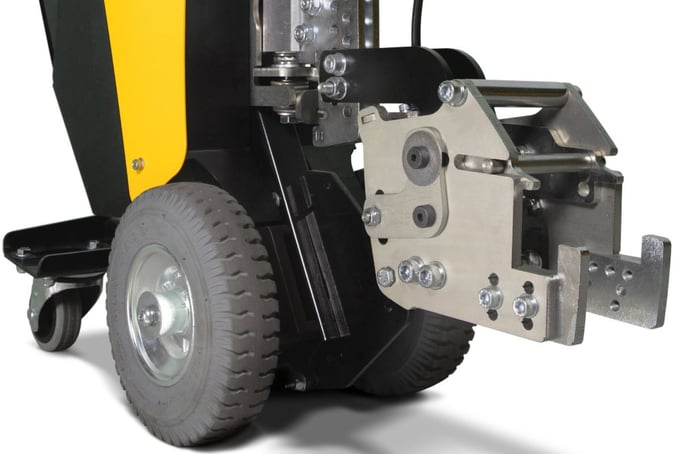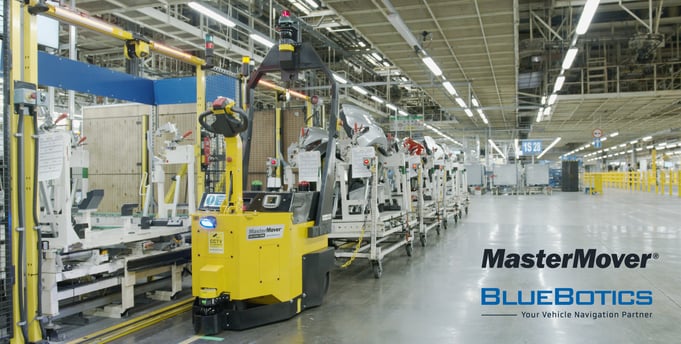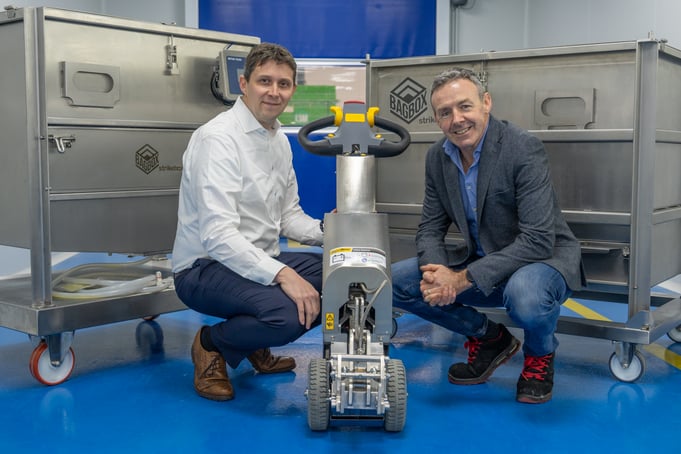 Continue reading
Continue reading
MasterMover Global News
Explore the latest news from MasterMover to keep up to date with exciting developments, insightful updates and company announcements.
 Continue reading
Continue reading

MasterMover Introduces New Updates to the MasterTug Range
MasterMover, the award-winning manufacturer of electric tugger solutions, has announced significant updates to its MasterTug range, used worldwide by some of the leading names in Industrial Manufacturing industries.

MasterMover Partners with BlueBotics for Best-in-Class AGV Navigation
MasterMover, the world’s leading manufacturer of electric tug and tow solutions, has announced a new partnership with vehicle automation leader BlueBotics to provide best-in-class ANT navigation technologies for MasterMover’s range of Automated ...

Strikebox Engineering Partners with MasterMover for Cleanroom Equipment
Strikebox Engineering, headquartered in Ireland but servicing a global customer base, has entered into a partnership with electric tug manufacturer, MasterMover. The agreement will see Strikebox offer the MasterMover range of best-in-class stainless ...